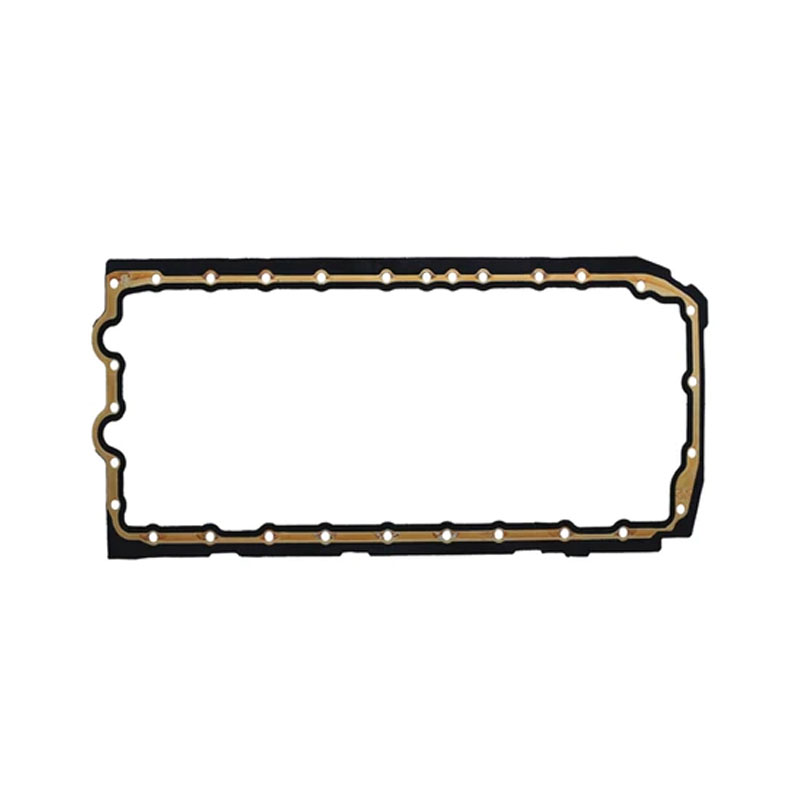Shaft Seals Classified by Dimensions and Specifications for Various Applications
Understanding Shaft Seals by Size A Comprehensive Guide
Shaft seals are crucial components in various mechanical systems, playing a vital role in preventing leakage between stationary and rotating parts. They are widely used in industries ranging from automotive to manufacturing, ensuring that lubricants stay contained and contaminants are kept out. An essential aspect of selecting the right shaft seal is understanding how size impacts performance and application efficiency.
What Are Shaft Seals?
Shaft seals, sometimes referred to as rotary seals or oil seals, are designed to create a tight barrier between a rotating shaft and the stationary housing. They are made of various materials including rubber, silicone, and metal, tailored to withstand specific environmental conditions such as temperature, pressure, and exposure to chemicals.
Importance of Size in Shaft Seals
The size of a shaft seal is one of the fundamental aspects to consider during the selection process. A seal that is too small may not fit effectively, leading to leakage and potential system failures. Conversely, a seal that is too large may not provide the desired compression against the shaft, which can also result in inefficiencies. Therefore, precise measurements are imperative for optimal performance.
Key Measurements for Shaft Seals
When evaluating shaft seals by size, several key measurements come into play
1. Shaft Diameter This is the most critical measurement. The inner diameter of the seal must match the shaft diameter closely to ensure a snug fit.
2. Seal Outer Diameter The outer diameter must fit into the housing where the seal will be installed. An improper fit here can allow contaminants to enter and lubricants to leak out.
3. Width (or Height) The width of the seal impacts the contact area with the shaft. A wider seal can provide better stability but may require more space.
shaft seals by size

4. Dynamic and Static Sealing Surfaces The surfaces that the seal is in contact with must also be assessed. The condition and smoothness of these surfaces can influence the effectiveness of the seal.
Categorizing Shaft Seals by Size
Shaft seals can be categorized into different sizes, typically measured in millimeters or inches. Standard sizes are readily available, but custom sizes can also be manufactured to suit specific applications.
1. Small Shaft Seals Commonly used in appliances and small machinery, these seals range from a few millimeters to a few centimeters in diameter. They are designed for light-duty applications.
2. Medium Shaft Seals Found in automotive applications, industrial equipment, and agricultural machines, these seals often measure between 20 mm to 100 mm in diameter, providing a balance between durability and flexibility.
3. Large Shaft Seals Large seals, typically over 100 mm in diameter, are used in heavy machinery, pumps, and large motors. These seals must withstand higher pressures and larger volumes of lubricants.
Material Considerations Based on Size
The material used for the seal can also depend on the size and application. Smaller seals may use flexible rubber to provide adequate performance under less demanding conditions, while larger seals may require reinforced materials capable of withstanding greater pressures and environmental extremes.
Conclusion
Choosing the right shaft seal by size is essential for maintaining the integrity and efficiency of mechanical systems. Understanding the implications of size, alongside other factors such as material and application type, can lead to better performance and longevity of machinery. Whether you're in the automotive, manufacturing, or any other industry relying on rotating equipment, ensuring that you select the correct size and type of shaft seal is paramount for optimal operation. Remember, a well-fitted seal not only enhances efficiency but also ultimately reduces maintenance costs and prolongs the lifespan of your machinery.
-
The Ultimate Guide to Boat Propeller Bearings and Trailer Wheel Bearings
News Jul.31,2025
-
The Essential Guide to Marine Bearings and Boat Trailer Wheel Bearings
News Jul.31,2025
-
The Complete Guide to Heavy Duty Seals: Protecting Doors and Spaces Efficiently
News Jul.31,2025
-
Essential Guide to Marine Shaft Bearings and Boat Trailer Axle Bearings
News Jul.31,2025
-
Comprehensive Guide to Marine and Trailer Bearings for Safe Boating and Transport
News Jul.31,2025
-
Comprehensive Guide to Automotive Oil Seals: Protecting Your Engine and Shafts
News Jul.31,2025
-
Understanding Automotive Oil Seals: Essential Components for Engine and Shaft Protection
News Jul.30,2025
Products categories















